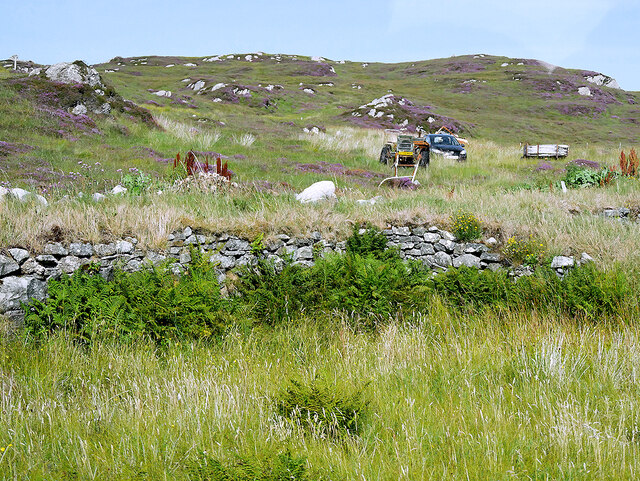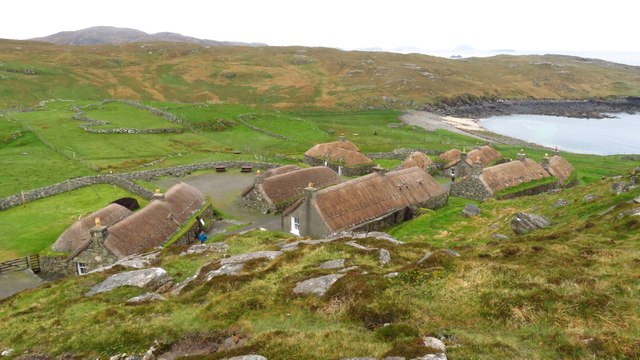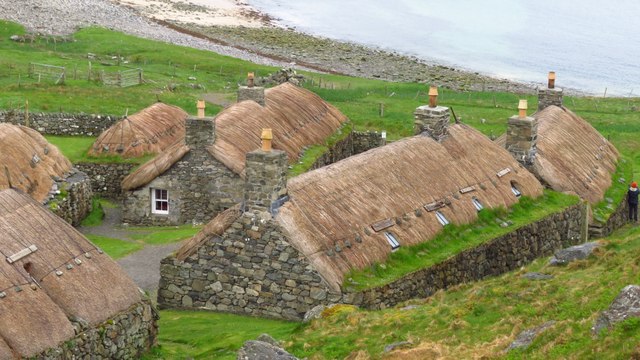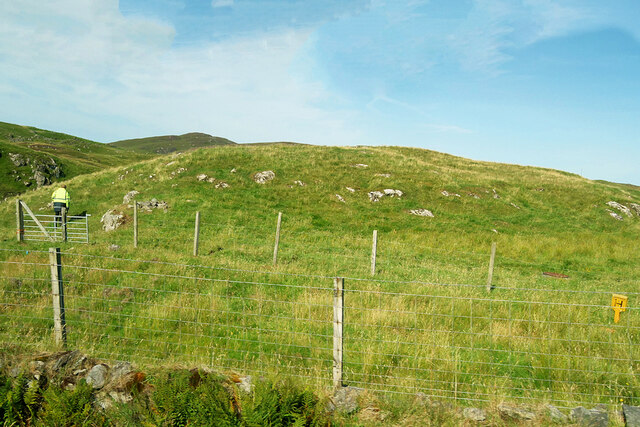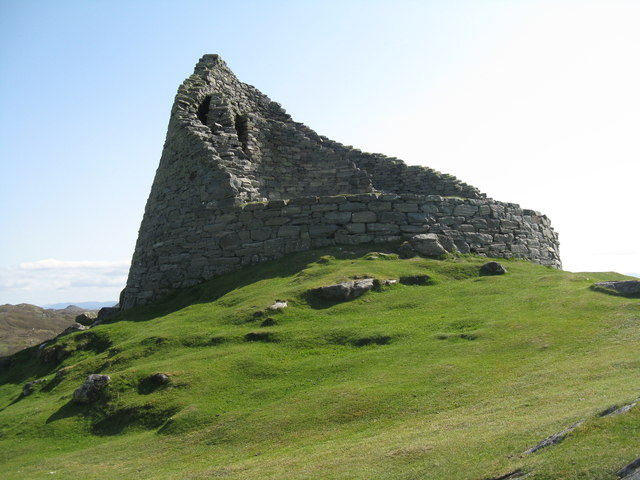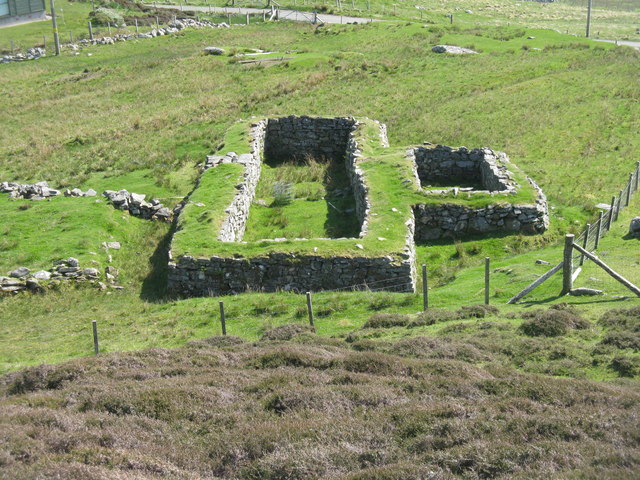Tollar
Coastal Feature, Headland, Point in Ross-shire
Scotland
Tollar
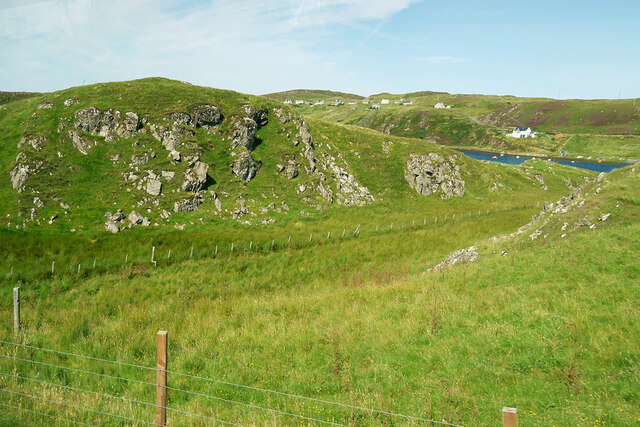
Tollar is a headland located in Ross-shire, a county in the Highlands of Scotland. Situated on the northern coast of the country, Tollar offers breathtaking views of the North Sea and is known for its rugged beauty.
The headland is characterized by its steep cliffs, which rise dramatically from the sea, creating an impressive sight for visitors. The cliffs are composed of various types of rocks, including sandstone and shale, which have been shaped by the forces of nature over thousands of years.
Tollar is also home to a diverse range of flora and fauna. The headland provides a habitat for several bird species, including gulls, puffins, and razorbills, making it a popular spot for birdwatching. The surrounding waters are also teeming with marine life, with seals often seen basking on the rocks and dolphins occasionally spotted jumping in the distance.
Access to Tollar is relatively easy, with a well-maintained path leading from the nearby village. This path offers visitors the opportunity to explore the headland and enjoy the panoramic views it offers.
Tollar is a place of natural beauty and tranquility, providing visitors with a peaceful escape from the hustle and bustle of everyday life. Whether it's enjoying the stunning coastal scenery, observing the diverse wildlife, or simply taking a leisurely stroll along the cliffs, Tollar is a must-visit destination for nature enthusiasts and those seeking a serene coastal experience.
If you have any feedback on the listing, please let us know in the comments section below.
Tollar Images
Images are sourced within 2km of 58.283015/-6.8055232 or Grid Reference NB1842. Thanks to Geograph Open Source API. All images are credited.
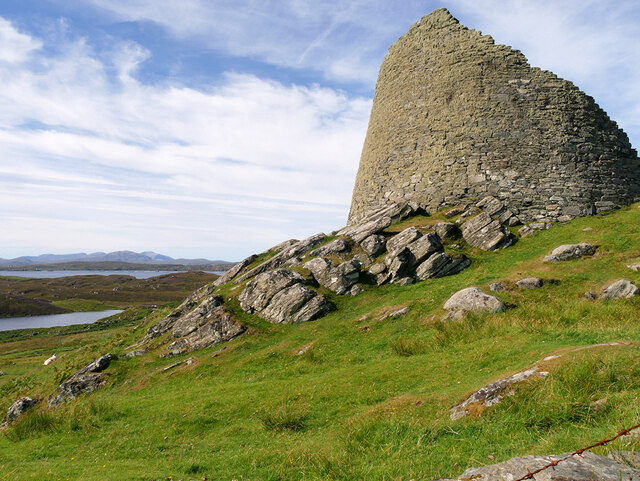
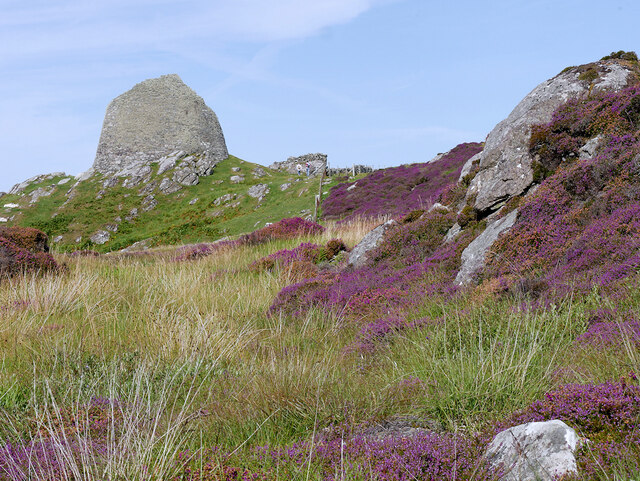
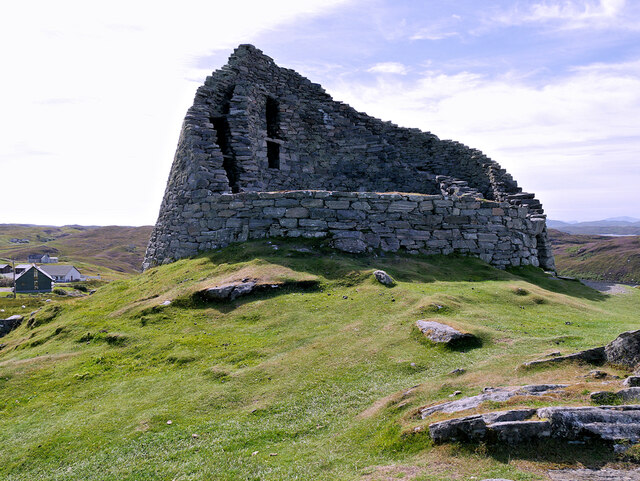
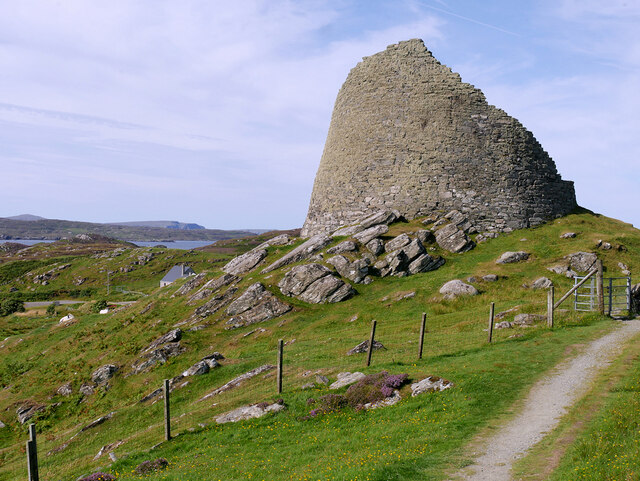
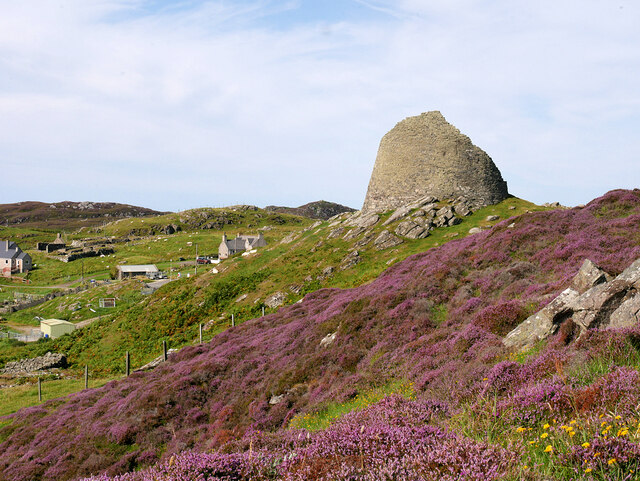
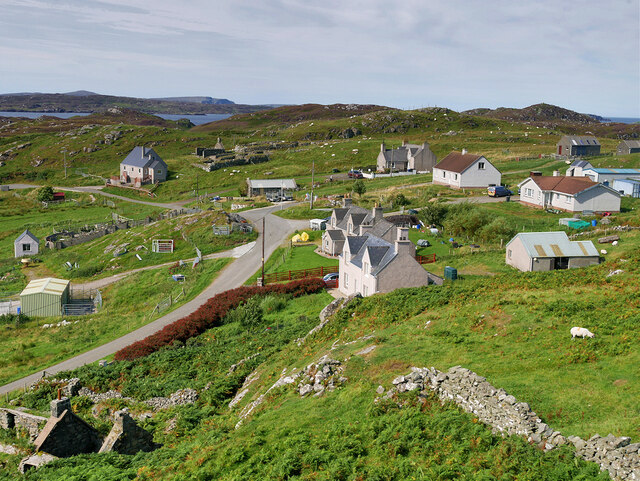
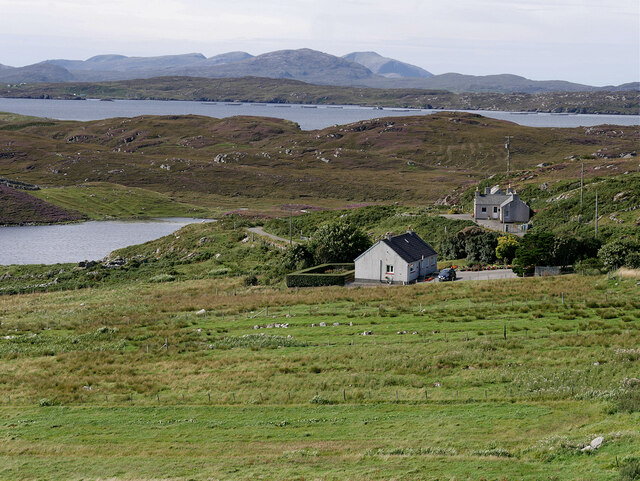
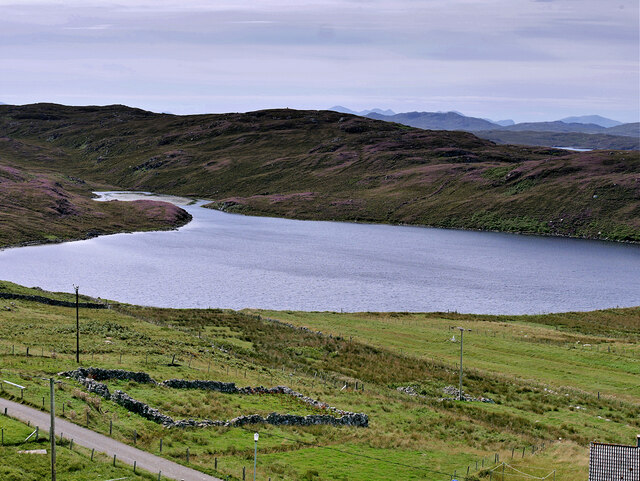
Tollar is located at Grid Ref: NB1842 (Lat: 58.283015, Lng: -6.8055232)
Unitary Authority: Na h-Eileanan an Iar
Police Authority: Highlands and Islands
What 3 Words
///producers.complain.sulked. Near Carloway, Na h-Eileanan Siar
Related Wikis
Borrowston, Lewis
Borrowston (Scottish Gaelic: Borghastan), with a population of about 50, is a crofting township situated on the Isle of Lewis, on the Outer Hebrides of...
Dun Carloway
Dun Carloway (Scottish Gaelic: Dùn Chàrlabhaigh) is a broch situated in the district of Carloway, on the west coast of the Isle of Lewis, Scotland (grid...
Garenin
Garenin (Scottish Gaelic: Na Gearrannan) is a crofting township on the west coast of the Isle of Lewis in the Outer Hebrides of Scotland. Garenin is in...
Carloway
Carloway (Scottish Gaelic: Càrlabhagh [ˈkʰaːɾɫ̪ə.ɤː]) is a crofting township and a district on the west coast of the Isle of Lewis, in the Outer Hebrides...
Nearby Amenities
Located within 500m of 58.283015,-6.8055232Have you been to Tollar?
Leave your review of Tollar below (or comments, questions and feedback).
